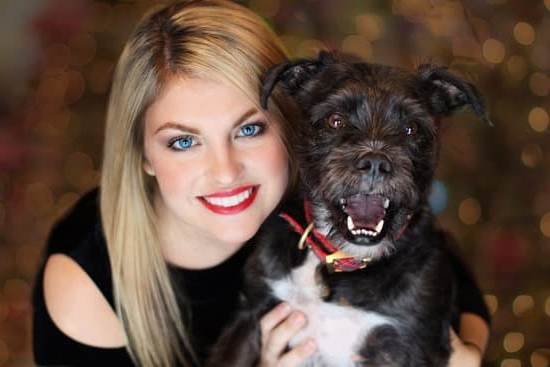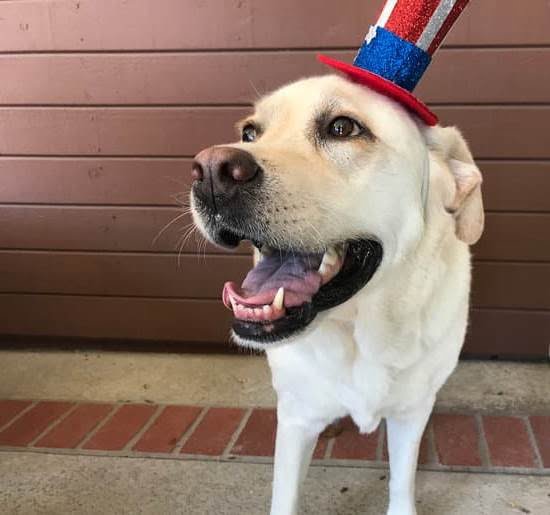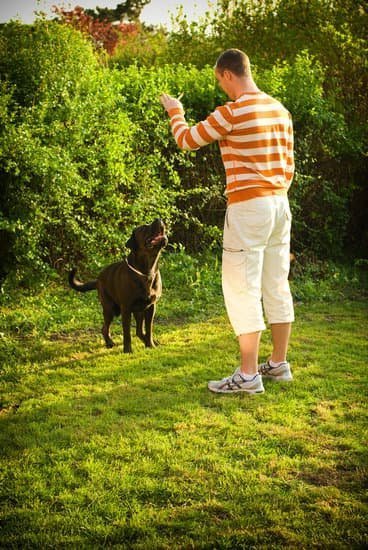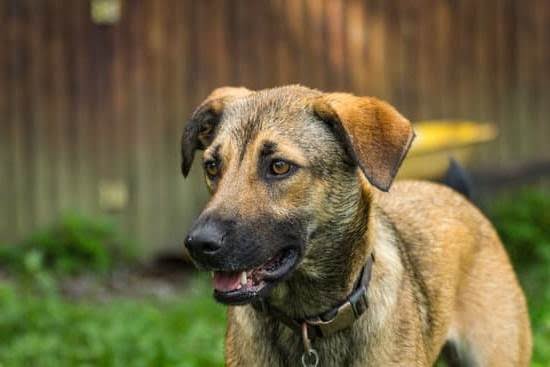If you have a dog who is resistant to crate training, or an older dog who has never been crate trained, you may need a little more patience and perseverance to get the job done. But with a little bit of effort, you can successfully crate train your older dog.
The first step is to make sure that your dog is comfortable in his or her crate. Place the crate in a quiet, comfortable spot in your home and put a soft blanket or towel in the crate. Feed your dog his or her meals inside the crate and provide plenty of positive reinforcement when your dog enters the crate willingly. Once your dog is comfortable in the crate, you can begin the training process.
If your dog is resistant to entering the crate, try placing a treat or toy just inside the crate door and gradually increase the distance between the treat and the door as your dog becomes more comfortable. Once your dog is comfortable going into the crate, begin closing the door for short periods of time. Start with just a few seconds at a time and gradually increase the amount of time your dog spends in the crate. If your dog begins to whine or bark, patiently wait until he or she stops before opening the door. If your dog is calm and quiet in the crate, praise him or her and give a treat.
The key to successful crate training is to be patient and consistent. Be sure to provide plenty of positive reinforcement when your dog follows your commands and always remain calm and patient when your dog exhibits resistance. With a little bit of time and patience, you can successfully crate train your older dog.
Crate Training An Old Dog
There comes a time in every dog’s life when he or she needs to be crate trained. This may be because the dog is getting older and has a harder time controlling their bladder and bowels, or because they are starting to act out and need a place to call their own. Crate training can be a great way to help an old dog feel more comfortable and secure in their home, and can help to prevent accidents from happening.
The first step in crate training an old dog is to introduce them to the crate slowly. Start by putting the crate in a quiet, low-traffic area of the house and placing some treats or a toy inside. Let the dog explore the crate on their own, and praise them when they go inside. Once the dog is comfortable with the crate, begin to slowly close the door for a few seconds at a time, gradually lengthening the amount of time the door is closed. If the dog starts to whine or bark, open the door and let them out.
Once the dog is comfortable with the crate and staying inside without making a fuss, you can start using it as a place to confine them when you’re not able to keep an eye on them. Start by putting the dog in the crate for short periods of time, gradually lengthening the amount of time they spend in there. If the dog starts to whine or bark, wait until they calm down before opening the door.
Using a crate can be a great way to help an old dog feel more comfortable and secure in their home. It can also help to prevent accidents from happening. By slowly introducing the dog to the crate and gradually lengthening the amount of time they spend inside, you can help them get used to the idea of spending time in there.
How To Train Dog To Use Water Bottle In Crate
Water is an important part of a dog’s diet, and should be available to them at all times. However, many dogs will not drink enough water if it is not readily available, which can lead to health problems. A water bottle can be a great way to ensure your dog always has access to water, and can be easily trained to use one.
Start by slowly introducing your dog to the water bottle. Put the bottle in the crate with your dog, and allow them to explore it and get used to it. Once your dog is comfortable with the bottle, start putting a small amount of water in it. At first, just put a few drops in so your dog can get used to the new sensation of drinking from a bottle. Once your dog is comfortable drinking from the bottle, you can start pouring more water in it.
Make sure you keep an eye on your dog while they are drinking from the bottle, especially if they are still new to it. Some dogs may try to chew on the bottle or play with it, and this can be dangerous if they manage to break the bottle.
With a little patience, your dog will be happily using their water bottle in their crate in no time!
How To Train Dog To Sleep Out Of Crate
One of the most common questions we are asked is how to train a dog to sleep out of their crate. There are a few different things that you can do in order to help your dog get used to sleeping in a different area in your home.
One thing that you can do is to start by slowly moving their crate to the new location. This way, they will get used to the new space and will not be as scared or anxious. You can also put a bed or some other soft object in the new location to make it more comfortable for them.
If your dog is hesitant to sleep in the new location, you can slowly encourage them to sleep there by putting their food and water bowls close to the bed or crate. This will help them to associate the new location with something positive.
If you are still having trouble getting your dog to sleep in the new location, you can try using a command such as “bed” or “sleep” to encourage them to lay down. You can also praise them when they do sleep in the new location.
It is important to be patient when training your dog to sleep in a new location. It may take a little bit of time, but with patience and persistence, you will be able to get your dog to sleep in the new location without their crate.
How To Crate Train A Puppy With Another Dog
One of the best ways to crate train a puppy is to have another dog in the house who is already crate trained. When the puppy sees the other dog going in to and out of the crate willingly, they will be more likely to follow suit.
To crate train a puppy with another dog in the house, start by putting both dogs in the same room together and allowing them to explore the crate. If the puppy starts to get too excited and starts to bark or jump on the other dog, calmly correct them and put them back in their own area.
Once the puppies are calm, start feeding them near the crate and put their food inside. Once they are done eating, praise them and let them outside. As they continue to eat near the crate, start closing the door for a few seconds at a time. Once they are comfortable with that, start leaving them in the crate for a few minutes at a time.
If the puppies start to whine, correct them and wait until they are quiet before opening the crate. Over time, increase the amount of time they are left in the crate. As long as they are not whining, they are likely okay.

Welcome to the blog! I am a professional dog trainer and have been working with dogs for many years. In this blog, I will be discussing various topics related to dog training, including tips, tricks, and advice. I hope you find this information helpful and informative. Thanks for reading!





